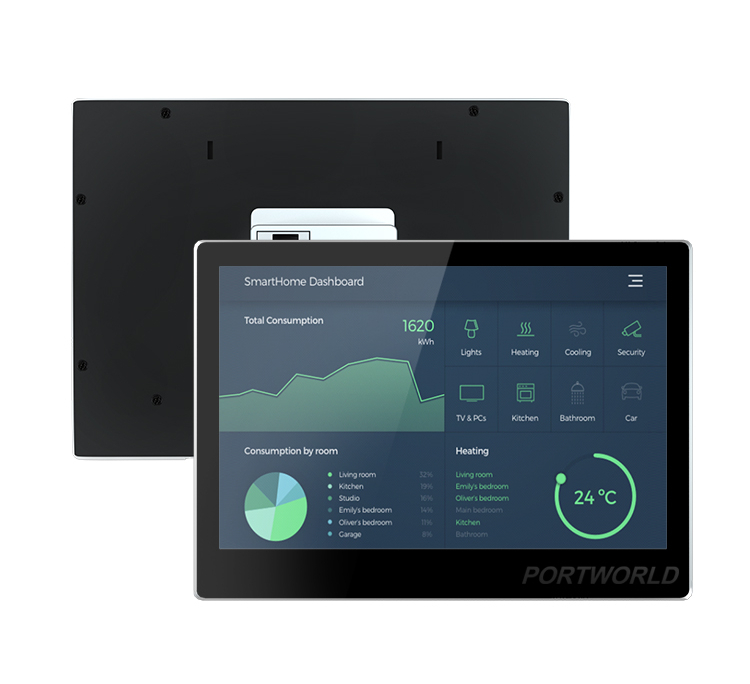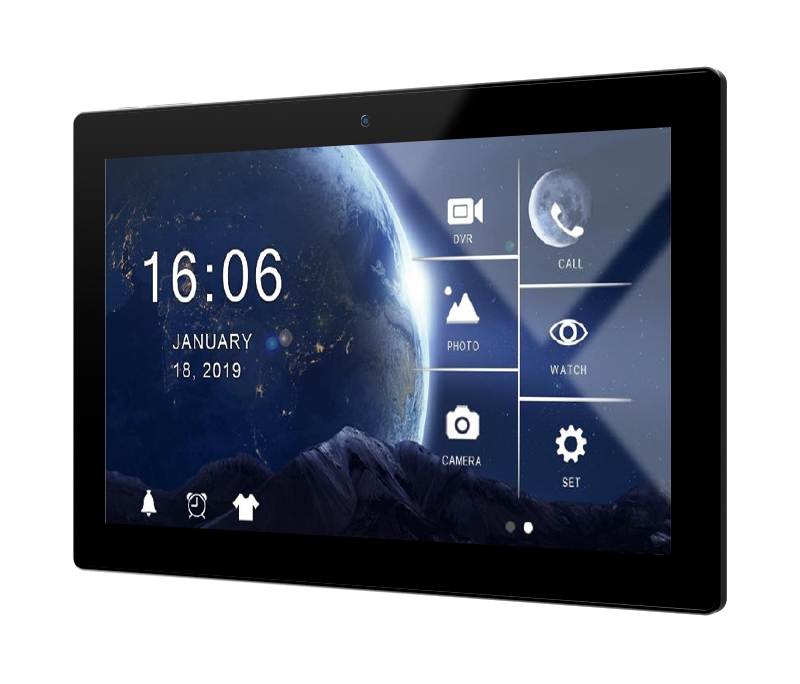Is smart home devices AI?
Smart home devices and artificial intelligence (AI) are often discussed together, yet they are not synonymous. While many smart home devices use AI technologies, not all smart home devices can be classified as AI. In this article, we’ll explore the relationship between smart home devices and AI, how they work together, and the benefits and limitations of integrating AI into smart home technology.
Understanding Smart Home Devices
Smart home devices are electronic gadgets designed to automate and improve household functions. These devices are typically internetenabled and can be controlled remotely through smartphones, tablets, or voice commands. They include devices such as smart thermostats, lighting systems, security cameras, door locks, kitchen appliances, and more. By making these devices “smart,” users can control them conveniently, even when away from home.
What Makes a Device “Smart”?
The “smart” in smart home devices primarily refers to their connectivity and programmability. Many of these devices are connected to the Internet of Things (IoT), allowing them to communicate with each other and with users. They are designed to perform specific tasks, gather data, and often enable automation based on user preferences. However, basic smart home devices may lack the decisionmaking abilities associated with AI; instead, they perform preset tasks triggered by simple inputs, such as turning on lights when a person enters a room.

How AI Enhances Smart Home Devices
AI technology brings additional capabilities to smart home devices, enabling them to go beyond simple automation. AI enables devices to learn, adapt, and make decisions based on data patterns and user behavior. Here’s how AI transforms standard smart devices into truly “intelligent” devices:
- Learning from User Behavior: AIpowered smart home devices can analyze and learn from past behavior to improve functionality. For example, a smart thermostat with AI can learn when a household is usually occupied or empty and adjust temperature settings accordingly. Over time, it may even optimize temperature levels for energy savings based on past usage patterns.
- Natural Language Processing (NLP): Devices like smart speakers (Amazon Alexa, Google Home) use AI, particularly NLP, to understand voice commands. NLP allows these devices to interpret natural language, understand context, and respond accurately to a wide range of user commands, from playing music to controlling other smart devices.
- Predictive and Adaptive Automation: AI enables smart home systems to make predictions and take proactive actions. For example, a smart lighting system equipped with AI might predict when specific lights should be turned on or off based on time of day, light levels, and occupancy. Predictive capabilities add a new level of personalization and efficiency to the smart home experience.
- Realtime Decisionmaking: AI also enables realtime decisionmaking. For example, AIbased security systems can analyze live video feeds to detect unusual activities and send instant alerts. The system may differentiate between routine movements, like pets or regular visitors, and potentially suspicious actions, such as unauthorized entry attempts.
- Image and Audio Recognition: AI technology allows smart devices to recognize faces, objects, or sounds. For instance, smart doorbells can use facial recognition to identify familiar visitors and distinguish them from strangers. Similarly, smart speakers with voice recognition can differentiate between users, enabling personalized responses and commands.
Examples of AI in Smart Home Devices
Here are some of the most common applications of AI in smart home devices:
Smart Thermostats with AI: The Nest Learning Thermostat is a classic example of AI at work in smart homes. It learns the users’ temperature preferences, identifies patterns, and automatically adjusts the temperature based on the data it collects.
AIpowered Security Systems: AIdriven security cameras and systems can analyze video in real time to detect potential threats. They may be able to differentiate between a harmless animal in the yard and an actual intruder, reducing the number of false alarms.
Voice Assistants: AI is central to voice assistants like Amazon Alexa, Google Assistant, and Apple Siri. These devices use AI to process voice commands, interpret user intent, and perform tasks across a wide range of smart home devices.
Smart Appliances with AI: Some kitchen appliances, like AIpowered ovens, can suggest cooking times and temperatures based on the type of food detected. Similarly, smart refrigerators can analyze stored items and provide recipe suggestions or alert users when food is running low.
Benefits of Integrating AI into Smart Home Devices
The integration of AI into smart home devices offers several advantages that extend beyond the capabilities of traditional smart technology:
- Enhanced User Experience: AI personalizes the smart home experience, making it more intuitive and responsive to individual needs. By learning user habits, AIdriven devices can adapt to preferences, increasing convenience and comfort.
- Increased Efficiency and Energy Savings: AI can optimize energy consumption by learning when and how devices are used. For instance, an AIpowered thermostat might reduce heating or cooling costs by automatically adjusting to energysaving temperatures when the house is empty.
- Improved Security: AI enhances home security by making devices capable of recognizing suspicious patterns. With AI’s ability to distinguish between normal and unusual activities, security devices can provide faster, more accurate alerts, leading to a safer home environment.
- Predictive Maintenance: AIdriven devices can predict when they might need maintenance, reducing the likelihood of breakdowns. For example, a smart washing machine might alert users about parts wearing out or filters needing cleaning.
Limitations of AI in Smart Home Devices
Despite the advantages, there are also several limitations to AI integration in smart homes:
- Privacy and Data Security: AI devices rely on data to learn and make decisions, raising privacy concerns. With large amounts of personal data being collected and stored, there’s a potential risk of unauthorized access or data misuse.
- Cost: AIenhanced smart devices tend to be more expensive than traditional devices. While the benefits may justify the investment, cost can be a barrier for some consumers.
- Reliability and Complexity: AIbased devices can sometimes misinterpret commands or fail to make accurate decisions, which can lead to inconvenience or frustration. Complex AI systems may also require more maintenance and troubleshooting.
- Dependence on Internet and Cloud Connectivity: Many AIdriven features rely on cloud processing, requiring a stable internet connection. In case of network outages, some AI functionalities may be disrupted or entirely unavailable.
The Future of AI in Smart Homes
As AI technology advances, smart homes are expected to become more autonomous, capable of making decisions that go beyond simple automation. Future AI developments could bring smarter interactions, including deeper context awareness and advanced machine learning algorithms capable of processing more complex data. AI in smart homes may eventually integrate with other advanced technologies, such as augmented reality (AR) and virtual reality (VR), for immersive control experiences.
Further developments in edge computing may also allow more AI processing to occur locally on devices, reducing reliance on cloud services and improving privacy. Additionally, the ongoing development of standards like Matter is likely to make AIpowered devices more interoperable, streamlining user experience across different brands and platforms.
Conclusion
In summary, smart home devices can incorporate AI, but not all smart devices qualify as AIdriven. Basic smart devices may simply be connected and programmable, while AIpowered smart devices have the added ability to learn, predict, and adapt. By incorporating AI, smart homes become more intuitive, efficient, and secure, offering a highly personalized experience to users. However, as AI technology evolves, addressing privacy, cost, and complexity challenges will be key to maximizing its benefits in the smart home environment. As we look to the future, AI has the potential to transform smart homes into fully autonomous systems that seamlessly adapt to our lifestyles.F


















